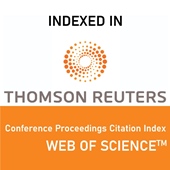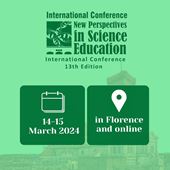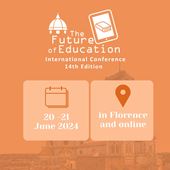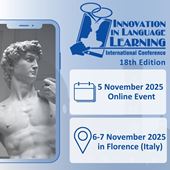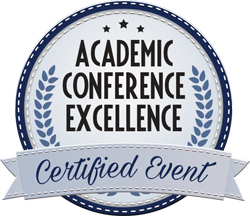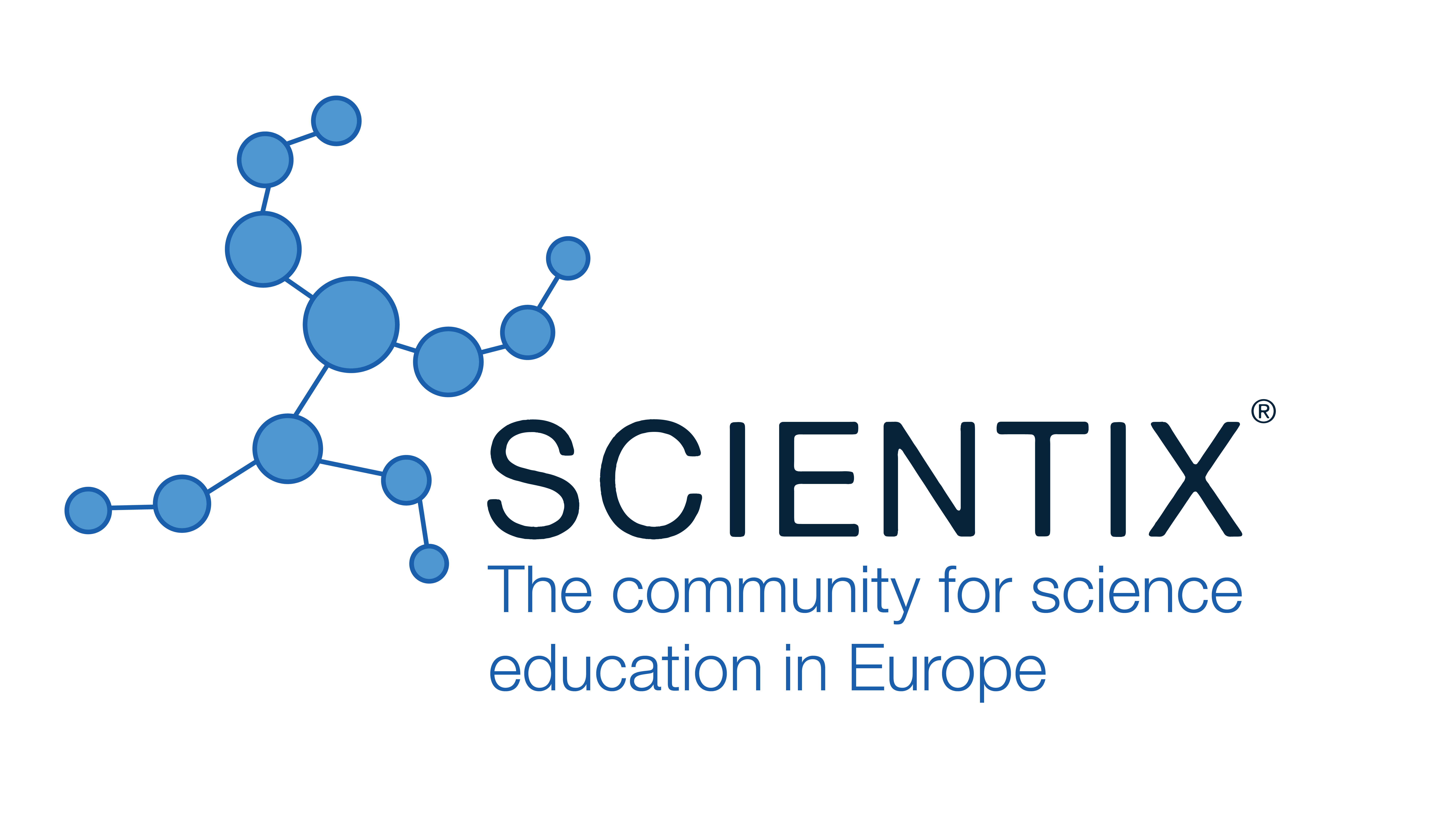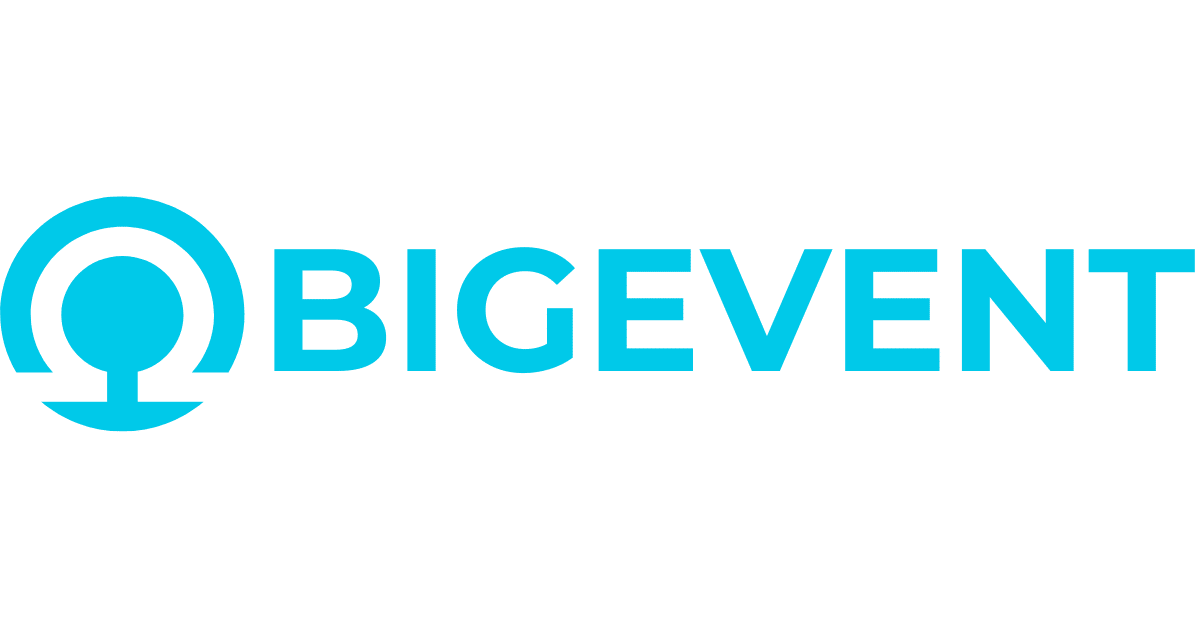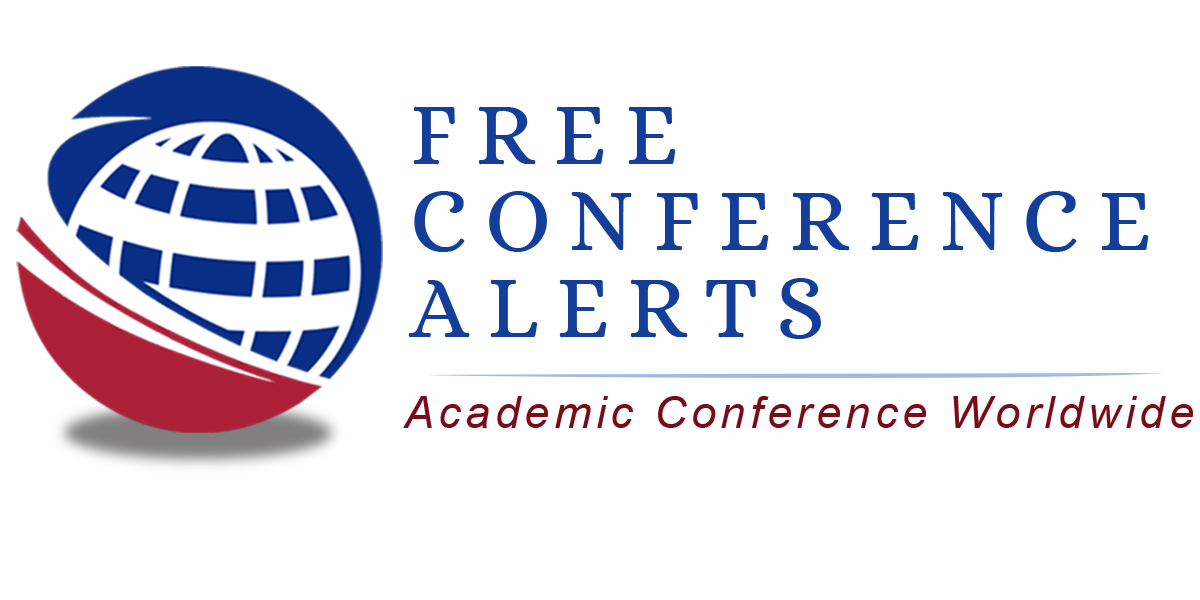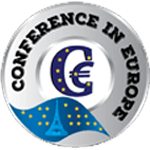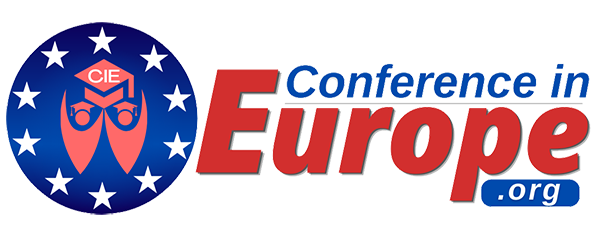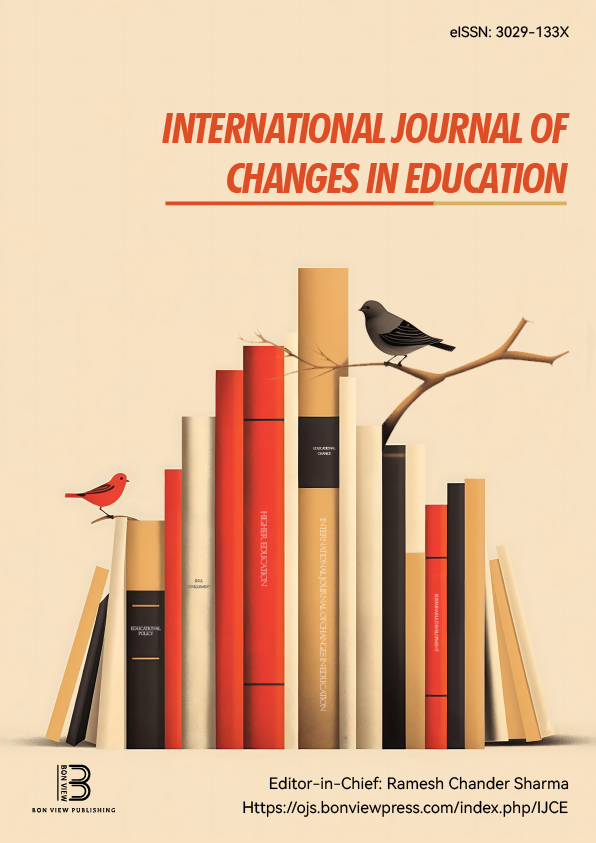Digital Humour as Pedagogical Innovation: Enhancing Sociolinguistic Competence through Multimodal Texts
Donovan Lawrence, University of the Western Cape (South Africa)
Abstract
In today’s digitally mediated world, humour has become a dominant discursive mode across social media, messaging apps, and participatory platforms. This paper is based on an extensive literature review that explores how digital humour—with its multimodal, intertextual, and inferentially complex nature—can serve as an innovative pedagogical tool in language education. While humour has long held a place in language classrooms, the specific affordances of digital humour remain underexplored. Drawing on relevance theory (Sperber & Wilson, 1995), multimodal discourse analysis (Kress, 2010), humour studies (Attardo, 2020), and digital sociolinguistics (Tagg, 2015; Georgakopoulou, 2021), this study defines digital humour as a situated and participatory mode of meaning-making that reflects the dynamics of online discourse. Memes, GIFs, emoji strings, TikTok remixes, and satirical posts are examined as authentic linguistic artefacts that convey shared cultural knowledge, express stance, index group identity, and foster community—making them especially valuable for developing learners’ sociolinguistic competence. The paper presents classroom applications that illustrate how digital humour can be used to teach pragmatic inference, register variation, language attitudes, and multimodal literacy, thereby enhancing learners’ ability to navigate language in socially and culturally situated ways. By incorporating digital humour into the curriculum, educators can respond to learners’ real-world communication practices while fostering critical language awareness and communicative agility. Ultimately, the paper calls for a rethinking of pedagogical approaches: shifting from viewing digital humour as peripheral or purely recreational, to recognising its relevance as a dynamic, innovative, and pedagogically rich site of language use in the 21st century.
|
Keywords |
digital humour, multimodal texts, sociolinguistic competence, relevance theory |
|
REFERENCES |
[1] Kress, G. (2010). Multimodality: A Social Semiotic Approach to Contemporary Communication. Routledge. [2] Sperber, D., & Wilson, D. (1995). Relevance: Communication and Cognition (2nd ed.). Blackwell. [3] Tagg, C. (2015). Exploring Digital Communication: Language in Action. Routledge. |
 Innovation in Language Learning
Innovation in Language Learning
